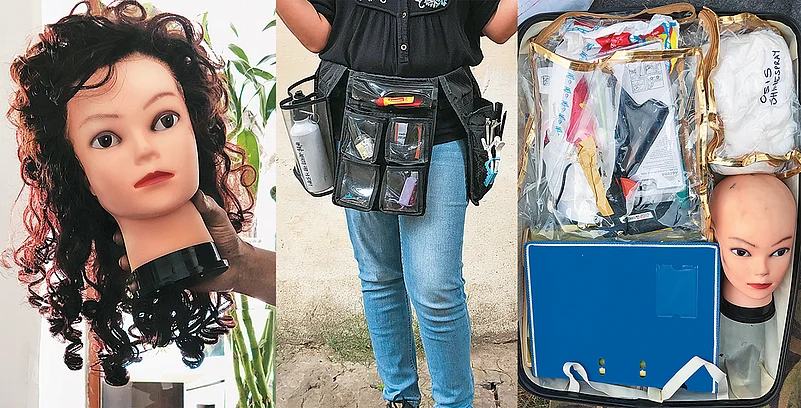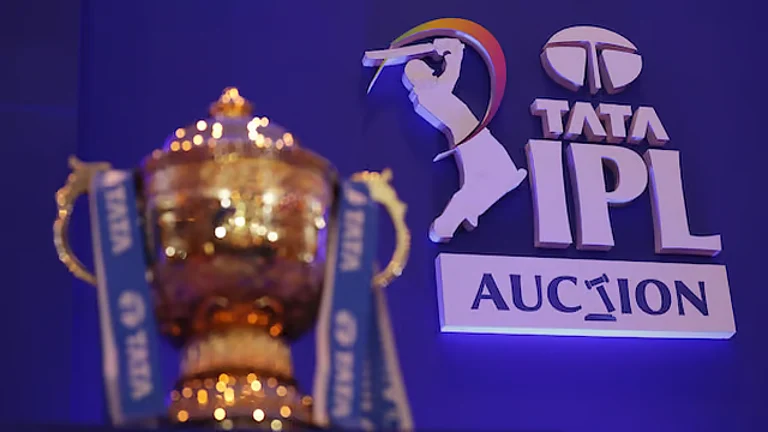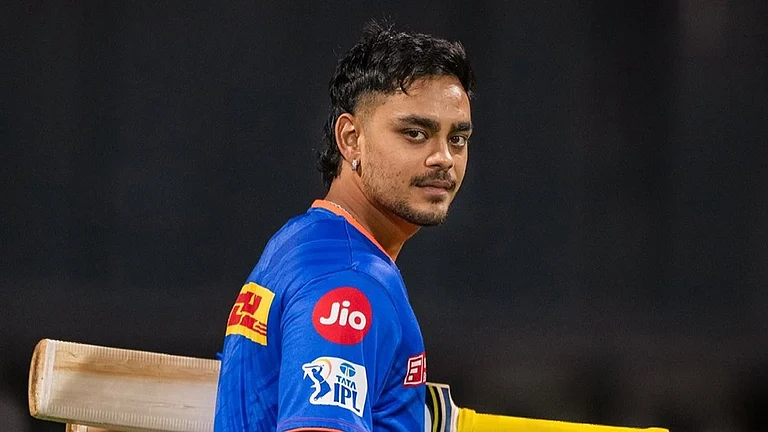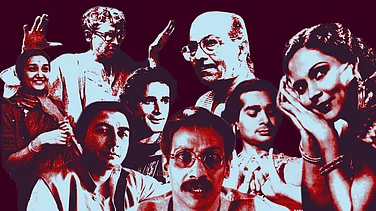In 2001 when Farhan Akhtar’s directorial debut Dil Chahta Hai was released, the beachy curls actress Preity Zinta wore were an instant hit. But more than giving her a fresh look, Zinta’s messy, unkempt curls were a statement against the tame, submissive characters—and hairstyles—heroines of yore assayed. Discarding the conspicuous updos of the era gone by, the new-age heroine let her hair down, literally, announcing to the world that she was not a trophy to adorn the mansions of men but a flesh-and-blood person living on her own terms.
Not just Zinta, Dil Chahta Hai also saw a transformation in the character’s hairstyles. The gelled spikes and goatee that Amir Khan’s character ‘Sid’ sported became one of the biggest style trends that year. It was Avan Contractor, now a noted Bollywood hairstylist, who gave the youth the iconic look to flaunt. Interestingly, like Akhtar, the director of the movie, Dil Chahta Hai was Conractor’s debut as a hairstylist.
Contractor has since created some of the most celebrated looks for Bollywood actors. Khan himself went under her scissors again in 2008 for Ghajini, a revenge saga, which required him to don a completely new look. The cropped buzz cut with the scars became yet another rage with youth. She also gave Ranveer Singh that dusty mop in Gully Boy.
The hairstylist started her career in Hindi cinema at a time when hairstyling was yet to gain recognition as a separate department. Looking back at her 22-year-long journey, Contractor feels grateful for the opportunities she got. “When I started out, it was never really a career plan. Bollywood happened to flow very organically into my life and I just went with the flow. I would say my journey has been rather gratifying,” she says. Now, one of Hindi cinema’s leading hairstylists, she feels that hairstyling is an important aspect of the filmmaking process as for hair “adds a huge dimension to the detail of getting the actor to look the part and become the character they portray”.

As a metaphor, a hairstyle reflects undercurrents of gender expressions, traversing through the realm of fashion to become a sociological cultural marker. Until the 1970s, for instance, Bollywood heroes tended to sport more conservative hairstyles. Author Kushal Varia describes vintage heroes as having “full-headed hair but cut straight at the back, possibly as part of a short back and sides and some form of parting with a wave above the forehead. This type of haircut could be seen on many of the stars of the immediate postcolonial period, including Guru Dutt, Rajendra Kumar and Dev Anand”.
With the turn of the century, a new type of masculinity began to make its presence felt on Indian celluloid. The metrosexual man, with a clean-shaven face and an emo haircut, depicted by John Abraham and Salman Khan in films like Jism and Tere Naam, reflected a deeper change in the accepted norms of masculinity. While in some cases, the hairstyles imitated trends in the West, in others, they became markers of cultural change.
For women characters, hair was more a matter of purity, religious piety and a means of establishing character traits like virginity and modesty as opposed to vamps and seductresses who were allowed more experimental hairstyles. In the case of leading ladies, even when they dabbled with trending hairstyles, the proverbial ‘wedding’ middle part was donned at appropriate juncture to symbolise the ‘taming of the shrew’.
Contractor does not deny that until now representation of women has suffered from sexism and objectification, a phenomenon that seeps down to hairstyling. The artist, however, remains hopeful. “I think people are a bit more aware today and there are many filmmakers who don’t subscribe to that kind of portrayal. Everyone involved needs to be mindful of the message a style puts out there and question if it is really required for the narrative,” she says.
(This appeared in the print edition as "Making a Statement")


























